Weymouth Radiata pine, other common varieties, why they are attractive
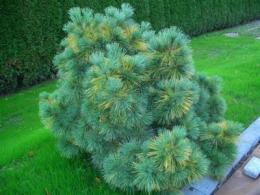
Pine Weymouth is an evergreen ornamental tree. It grows in the natural environment and is used in artificial landscaping. The slender silhouette and pleasant pine aroma make the plant extremely attractive. Different types have certain differences and advantages. Let's look at the most popular varieties.
Content:
Distinctive features of Weymouth pine
Pine Weymouth is a bright representative of the family; in the wild it can grow up to 70 m. While the tree is young, the crown has a neat appearance, its shape is regular, cone-shaped or pyramidal, and its diameter is 14 m. Over time, the branches lose their symmetry.
In its natural environment, the tree grows in the northeastern regions of North America and the southeastern part of Canada. Weymouth pine, varieties of which are also represented by miniature specimens, acts as an extraordinary decoration of the territory.
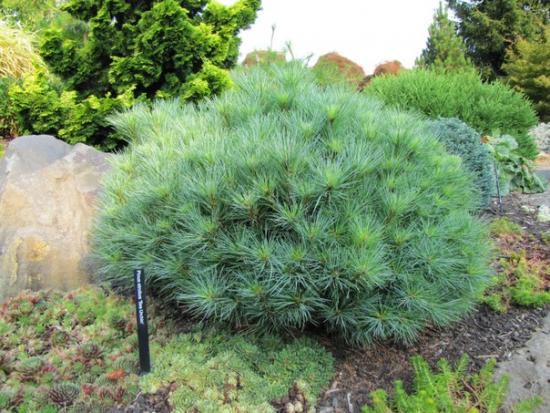
The plant has the fastest growth rate among coniferous trees. Only larches surpass it in this parameter. As a rule, by the age of 40 the height is about 20 m. The most rapid growth occurs in the first 30-40 years. However, this rule rarely applies to decorative dwarf varieties.
From other representatives coniferous differs in needles.They are combined into bundles of 5 pieces. The length of each is 8-12 cm, and the thickness is up to 1 mm. The needles are soft and are renewed every 2 or 3 years.
The bark of the tree is uneven, gray in color and darkens over time. The color of the needles varies from deep green to bluish-green. The cones are large, brown, 10-20 cm long.
Refers to long-lived trees, the life cycle is 400-500 years. The plant is distinguished by its high frost resistance and less demanding lighting compared to other members of the family. The tree is unpretentious to soil types and grows well in any soil, with the exception of saline soil.
There are also some disadvantages - sensitivity to fungal diseases and poor resistance to rust. Therefore, it is recommended to plant on your own plots away from sources of disease: gooseberries, rowan, currant.
The most common varieties
Varieties pine trees Weymouth differ in shape and size. Each has a unique appearance. Let's look at the most popular types.
Makopin
Weymouth Makopin pine is often grown as an ornamental plant on the territory of a country house, near buildings and structures. Its dwarf size and shrubby shape allow it to be placed on a plot of any size. The height of the tree is only 1.5 m.
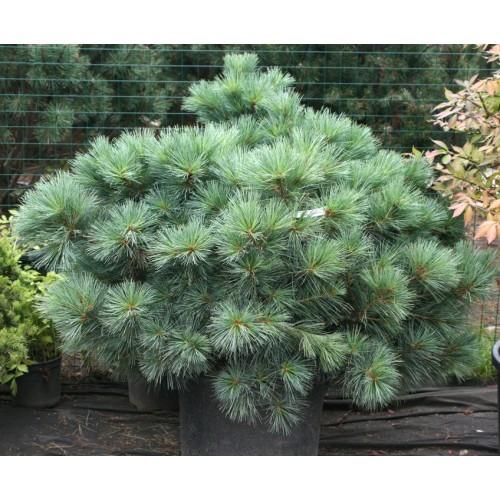
Compared to its counterparts, Makopin grows slowly, lengthening by a maximum of 8 cm per year. The plant has a neat symmetrical crown of a pyramidal or spherical shape. Bluish green needles long and soft, densely located. The tree goes well with other coniferous and deciduous crops.
Blue Shag
Weymouth Pine Blue Shag Blue Shag is another common dwarf variety. The shape of the plant resembles a ball.With a height of only 1.2 m, the tree has a crown with a diameter of 1.5 m. The color is unusual, with an admixture of blue, which makes it an exquisite decorative element. The plant prefers sunlight more than others.
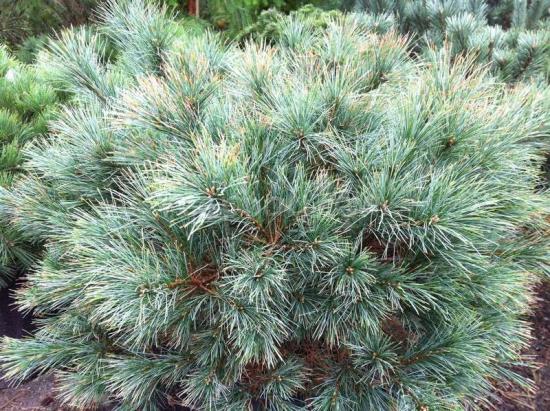
Thanks to its compact dimensions, pine Blue Shag is often grown in large containers. The tree fits well into various design styles and complements them.
Radiata
Pine Veymutova Radiata is a favorite of gardeners and landscape designers. It has gained popularity due to its small size, pleasant appearance and unpretentiousness. The maximum possible height is 3.5-4 m. The pine tree reaches this size by the age of 25 years. Every year the tree adds 10-12 cm in height and 9-10 in width.
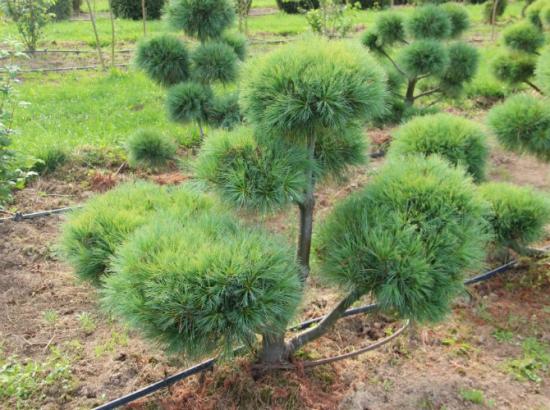
The crown changes during the life of the plant. Young trees are characterized by a columnar or spherical shape. Over time, the appearance becomes simpler.
Needles long (10 cm) and thin, bluish-green or bluish-green in color. Light walnut cylindrical cones form on the tree.
Radiata is not at all capricious in her care. Withstands haircuts very well. Thanks to this, designers love her and give her the desired silhouette.
Radiata is light-loving, feels good in clay-sandy conditions soils, frost-resistant. Does not tolerate stagnant water, smoke and gas. Overall, it is easy to care for and durable.
Pendula
This is an unusual pine with elongated branches stretching to the ground. It is called “weeping” because its shape resembles a willow. The height of the tree is no more than 4 m. The plant grows up to 20 cm in height every year. The crown is asymmetrical and has a bluish tint.
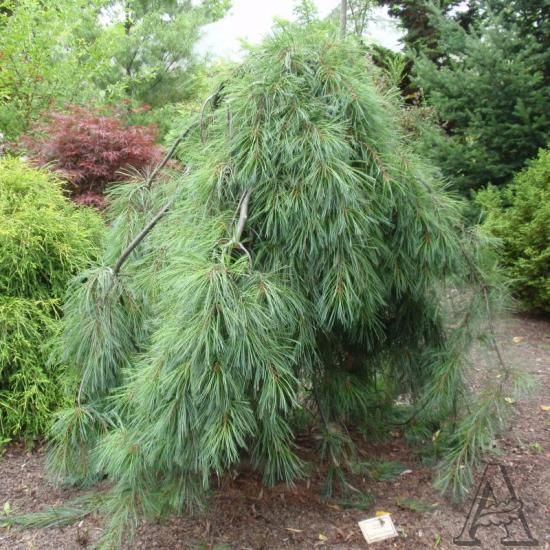
The cones are brown, but sometimes turn gray and even purple. Pendula does not tolerate drought. This type of pine is often used to decorate park areas.
Application in landscape design
Many gardeners dream of planting pine on your own site. And this is not surprising. The tree has a non-standard appearance, is lush and emits a pine aroma. Capable of creating a festive mood. It is also used by professional designers, who often include a plant during creation. alpine slides.
Pines create a special charm and grace of the green area. Attractive features, majesty and grace make them a bright accent in landscaping. The big advantage is the unpretentiousness and frost resistance of the trees, which greatly facilitates their maintenance.
IN landscape In design and landscaping of territories, mainly dwarf varieties are used. They grow slowly and retain the desired shape for a long time. With their help, they create compositions of various themes and directions. Pines are combined with shrubs, vines, larches and flowers.
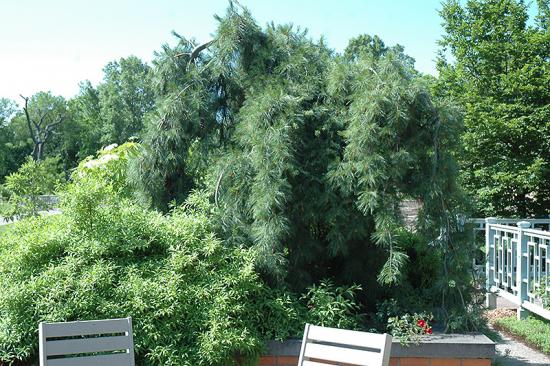
Hedges are formed from neat small trees. Species such as Radiata pine tolerate pruning well. This means you can easily achieve the desired shape and size.
When setting up a Japanese-themed garden, they often resort to forming a crown pine trees. They are used to create bonsai-style trees.
Miniature pine trees are often grown in containers. Thanks to this, plants can be placed even indoors and moved from place to place.
Weymouth pine is an extraordinary plant. Most varieties are small in size, symmetrical in shape and have a delicate bluish tint. Perfect for growing in your own garden or on your own plot. Thanks to its unique decorative properties pine can often be found in parks, forested areas and green compositions.
You will learn more about how pine is used when creating a landscape garden by watching the video:

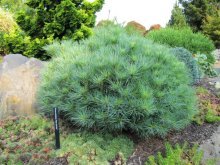
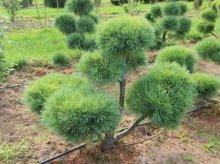

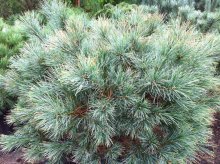
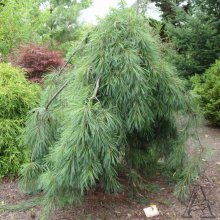
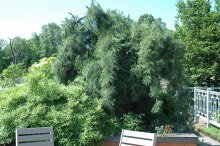
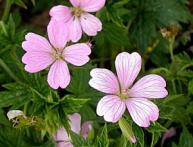
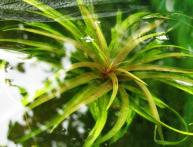
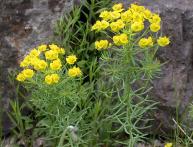
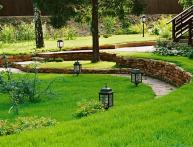
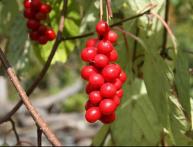
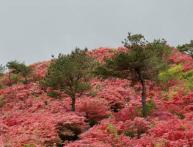
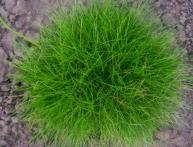
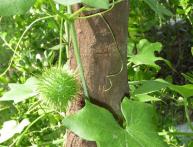
Comments
The Weymouth Radiata pine grows near our entrance at the entrance to the dacha. However, we made a mistake with the landing site and planted it close to the fence. It is advisable to plant it no closer than 2-3 meters from it or the building. And most importantly, there should be no electrical wires above it.